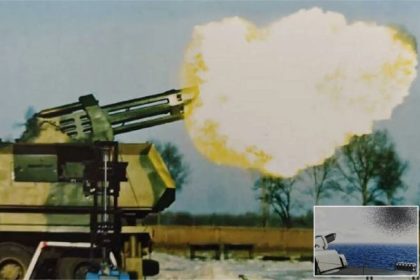In Einstein’s theory of special relativity, there is a law of physics that says nothing can move faster than light, so the faster an object moves, the closer it gets to freezing time.
If you go faster, you will definitely run into problems with the time reversal problem that distorts theory and ideas about causality. But in a study that was published at the end of last year, scientists have come up with ideas that coincide with the existing laws of physics and possibly new theories related to the law of relativity.
What happens when breaking the speed of light?
Researchers at the University of Warsaw in Poland and the National University of Singapore have developed an extension of special relativity that combines the three dimensions of time with a single spatial dimension, 3+1 space-time, as opposed to the three spatial dimensions and one time dimension that we all know. We are used to it. Rather than creating any major contradictions that are always present in new theories, these studies give us more evidence to support their causality, namely that objects can travel faster than light without breaking the current laws of physics.
Andrzej Dragan, a physicist at the University of Warsaw in Poland, says:
No fundamental reason can prove that observers who move faster than light relative to the described physical systems should not be exposed to and affected by it.

This study shows that it is possible to establish a link between the perspective of quantum mechanics and Einstein’s theory of special relativity. But currently, this branch of physics cannot be included in a comprehensive theory, because gravity should be described in only one theory.
Based on this concept, particles can no longer be modeled as point-like objects, because to understand what researchers see and how an ultralight particle behaves, we need to engage in the kinds of field research that underlies quantum physics.
Based on this model, superluminal objects are completely similar to bubble particles that expand in space and are not unlike waves passing through a field. On the other hand, a high speed object will experience several different timelines.
With all of these interpretations, the speed of light in a vacuum remains constant, even for observers moving faster than it, an idea that follows one of the fundamental principles of Einstein’s theory of relativity. This principle previously only applied to observers moving less than the speed of light.
“This new definition preserves Einstein’s hypothesis that the speed of light in a vacuum is constant, even for observers traveling faster than the speed of light,” Andre Dragan continued. Therefore, our idea of special and general relativity does not seem like a strange theory.
The researchers admit that switching to a 3+1 space-time model will answer a number of puzzles, but will undoubtedly bring new questions. Scientists say that we should expand this research so that the theory of special relativity is integrated and united with previous theories and references; This probably requires borrowing from quantum field theory, a combination of concepts of special relativity, quantum mechanics and classical field theory.
If the physicists are right, the particles of the universe all have unique properties in special relativity. Whether we will eventually be able to observe this model of speed or not; It is a question that has involved scientists in this research, and the answer to it will definitely require more research and time.
“The experimental discovery of a new fundamental particle is a masterpiece worthy of the Nobel Prize, which can certainly be done in a large research team using the latest experimental techniques,” says Krzysztof Torzynski, a physicist at the University of Warsaw.
He further said:
However, we hope to use our results to better understand the phenomenon of spontaneous symmetry breaking associated with the mass of the Higgs particle or God particle and other particles in the Standard Model, especially in the early universe.
RCO NEWS















